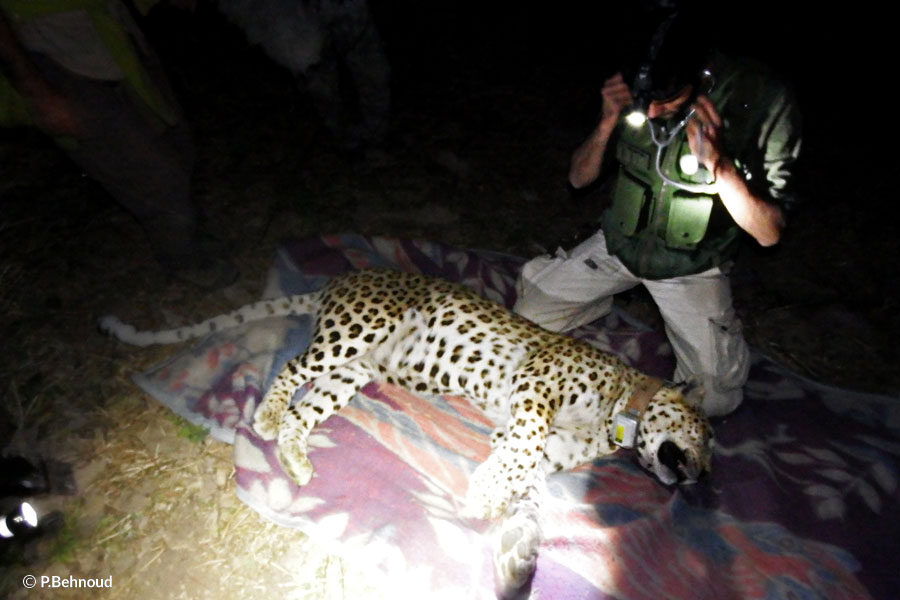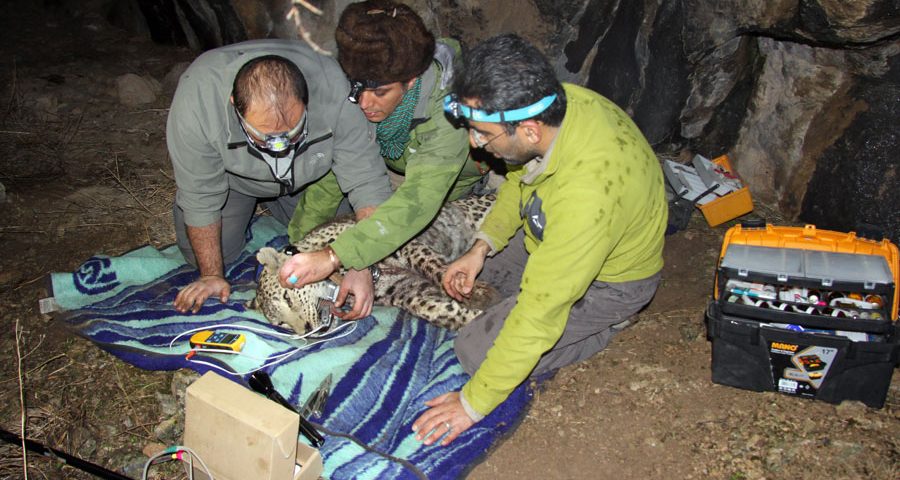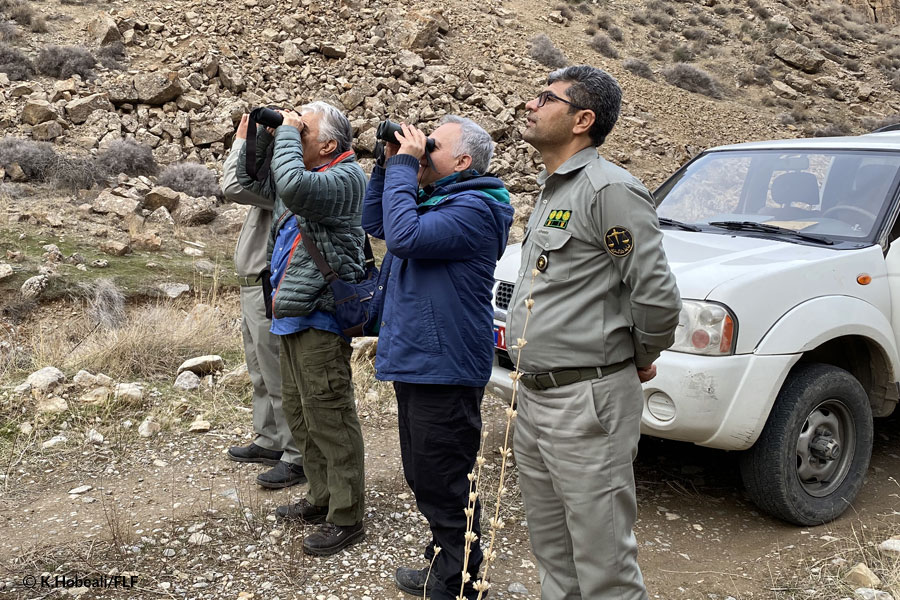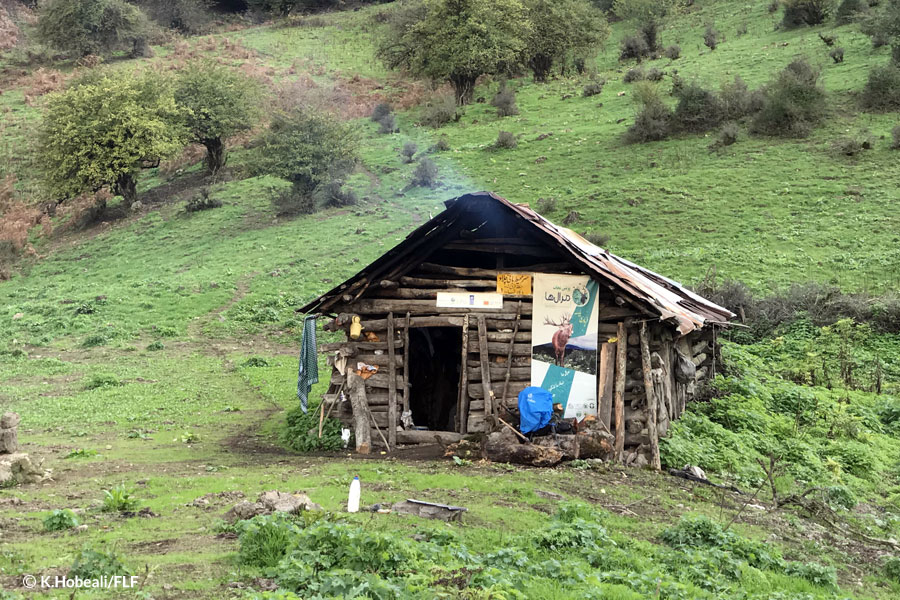Leopards along borders

State of the knowledge of Caracal
May 3, 2017
How to deal with a problem leopard?
May 21, 2017Comparatively little is known about the socio-spatial organisation of leopards and how it affects their probability of population persistence in west and central Asia, where the species has lost around 84% of its former range. Remote habitats and the secretive nature of leopards make them inherently difficult to study, yet it is crucial to have sufficient information on which to base effective conservation.
In 2014, in partnership with the University of Oxford’s Wildlife Conservation Research Unit (WildCRU), Panthera in the US, and Iran’s Department of the Environment, we launched the first comprehensive telemetry study of the Persian leopard in northeastern Iran, near the border with Turkmenistan. Between September 2014 and August 2016 we captured six adult leopards (five males and one female) and fitted them with Iridium-satellite GPS tracking collars to give us information on the basic ecology of the Persian leopard.
We calculated home ranges of 62.9 to 1,098.3 km2 (for the technically minded, we used the minimum convex polygon, or MCP, method, fitted around 100% of our data points). With the exception of a young, possibly dispersing male, these leopards had smaller ranges than that of the only other Persian leopard collared prior to this study. Two leopards crossed international borders and wandered into Turkmenistan, revealing that the two countries may share a connected leopard population across the Kopet Dag region.






